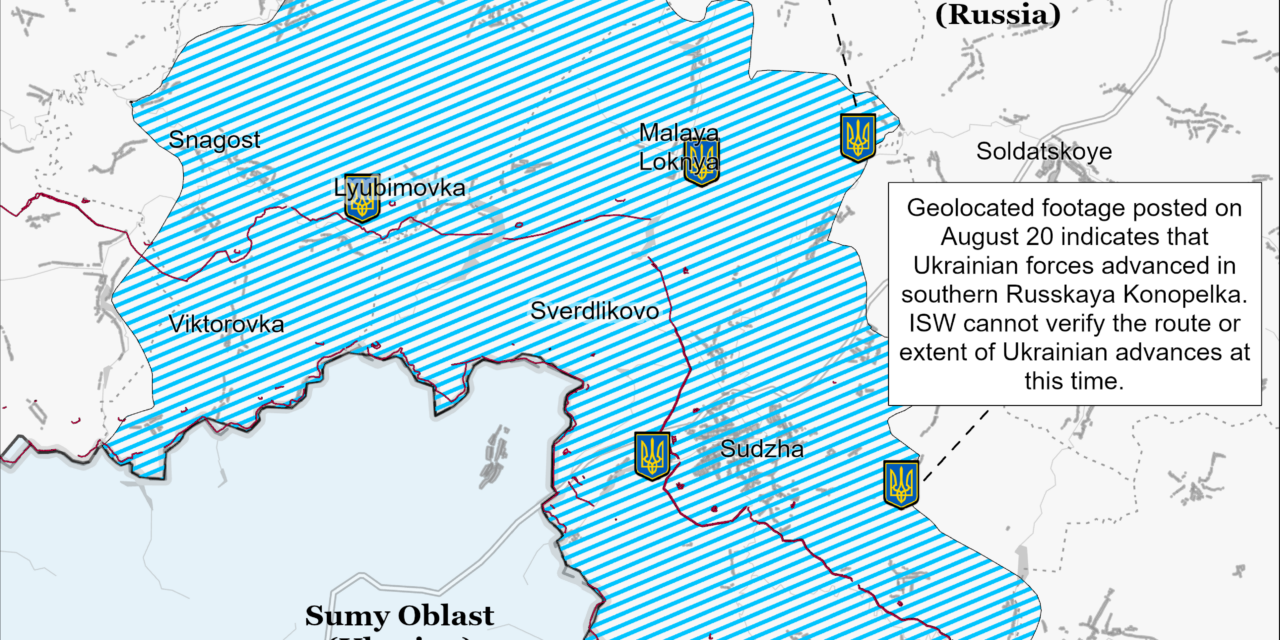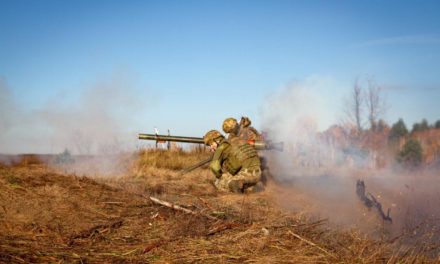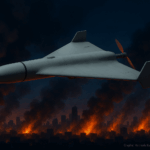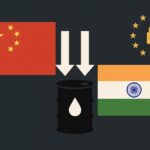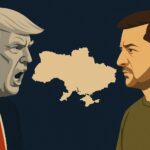Recent developments in the ongoing conflict between Ukrainian and Russian forces have seen Ukrainian troops pushing further into the contested Kursk Oblast, continuing to gain ground in strategic areas. On August 20, Ukrainian forces advanced deeper into the salient, pressing the Russian defense and targeting critical infrastructure. According to geolocated footage, Ukrainian drones struck Russian pontoon bridges and engineering equipment along the Seim River, significantly disrupting Russian logistical capabilities. Satellite imagery confirms the destruction of at least one pontoon bridge as of August 19.
These gains were particularly evident around Vishnevka, where Russian military bloggers reluctantly acknowledged Ukrainian advances. Geolocated footage also indicates that Ukrainian forces have moved westward along the 38K-030 highway in Korenevo and have made strides in fields northeast of the town. Despite Russian airstrikes and artillery bombardments, Ukrainian mechanized assaults persisted, resulting in further gains near Russkoye Porechnoye and Russkaya Konopelka. These efforts were highlighted by the capture of a Russian T-90M tank, symbolizing Ukraine’s progress in this region.
Ukrainian Commander-in-Chief Colonel General Oleksandr Syrskyi provided a detailed update on the situation in Kursk Oblast during a televised meeting on August 20. Syrskyi’s map illustrated Ukrainian forces advancing beyond previously assessed front lines, reinforcing the ongoing expansion of Ukrainian control in the region. Syrskyi reported that Ukrainian troops had advanced between 28 to 35 kilometers deep into Kursk, now controlling 93 settlements across an area of 1,263 square kilometers. This momentum has pressured Russian forces to redeploy units to the Kursk front, potentially disrupting Russian offensive operations in other areas of Ukraine.
The ultimate goal of Ukrainian operations in Kursk is to create a buffer zone that prevents Russian shelling of Sumy Oblast. Ukrainian President Volodymyr Zelensky affirmed this strategy, emphasizing that these advances represent a “preventative defense” aimed at securing Ukrainian territory. Russian forces, meanwhile, have struggled to mount an effective defense, burdened by complex and bureaucratic command structures. The Russian Ministry of Defense has scrambled to appoint new commanders and establish task forces, though these efforts have only added to internal confusion.
As Ukrainian forces continue to exhaust Russian combat potential in Kursk Oblast, the conflict remains highly fluid. Both sides are vying for control of key positions, but Ukraine’s latest offensive demonstrates a significant shift in the balance of power. With each advance, Ukraine inches closer to its objective of securing the border regions and minimizing Russian military threats.
Читайте більше за посиланням ISW.

